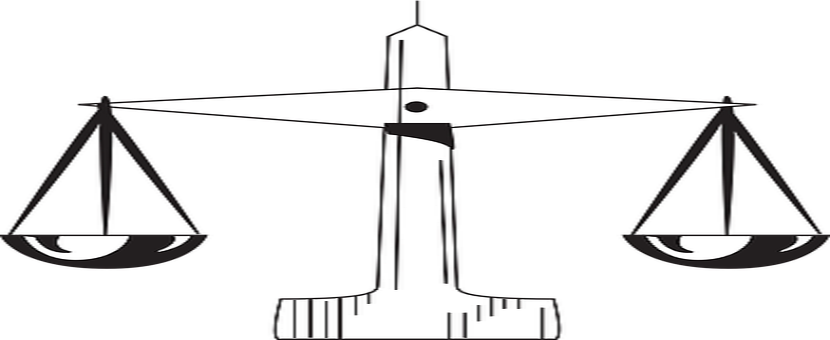Atanda v. Iliasu [2013] 6 NWLR (Pt. 1351) 529 at 555, paras. C-D, per Ogunbiyi, JSC:
“The law is trite that ascribing different names to land by parties is immaterial for purpose of proving identity of land.”
Notes:
The law is that the identity of land in dispute can be proved by: (1) The plaintiff adducing such oral description of the land that a surveyor, acting on the strength of that description, can make a plan of the land; or (2) The plaintiff filing a plan showing the land with its boundaries. See Odunze v. Nwosu [2007] 12 NWLR (Pt. 1050) 1.
In Aremu v. Adetoro (2007) LPELR-546(SC), the Supreme Court held that:
“The test for the establishment of the identity of land is whether a surveyor can from the record, produce an accurate plan of such land. While a plan is not in all cases a sine qua non, some description is necessary to make a disputed land ascertainable.”
There are circumstances where parties in land dispute ascribe different names to the land in question. Land is permanent and its location can be easily ascertained. Aside survey plan, there may be need to visit the exact location of the land. In essence, the name by which the land is called is not so fundamental in determining its identity. Of course, we have seen cases where persons are genuinely mistaken as to their land. This makes the issue of proper identification crucial to avoid needless dispute.
In Adenle v. Olude (2002) LPELR-129(SC), the Supreme Court held as follows:
“The law is that the identity of land in dispute will be in issue only if the defendant in his statement of defence makes it so by specifically disputing either the area or size covered or the location as shown in the plaintiff’s plan (if there is a plan), or as described in the statement of claim. Where there is dispute as to the area and boundaries of the land, in other words if these are put in issue, the plaintiff who relies on a plan must show that his plan corresponds with the area claimed or in dispute. He may do this by showing that the description of the land in his pleading and as given in evidence in support is in complete accord with the plan filed along with the statement of claim and relied on by him. This is to ensure that the land is certain both in size or boundary and location.”














